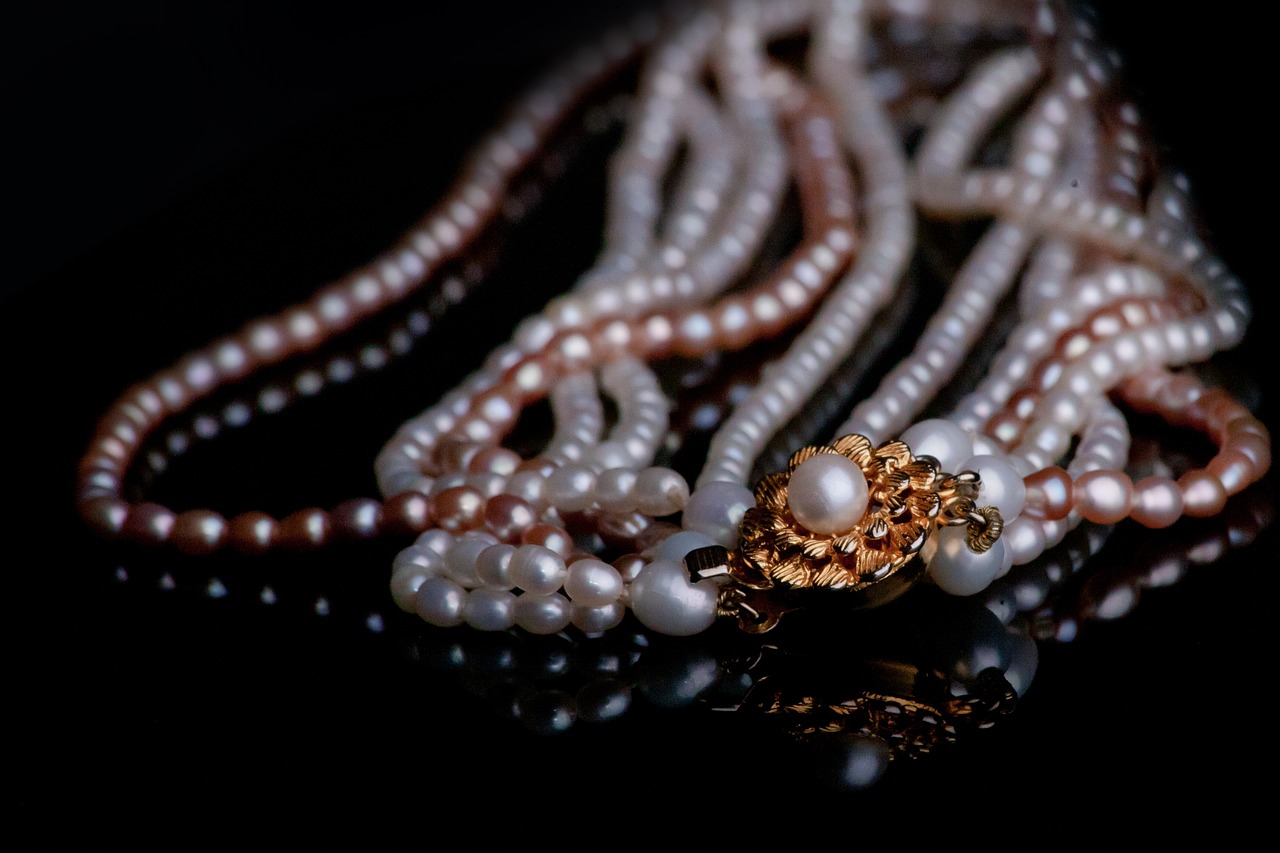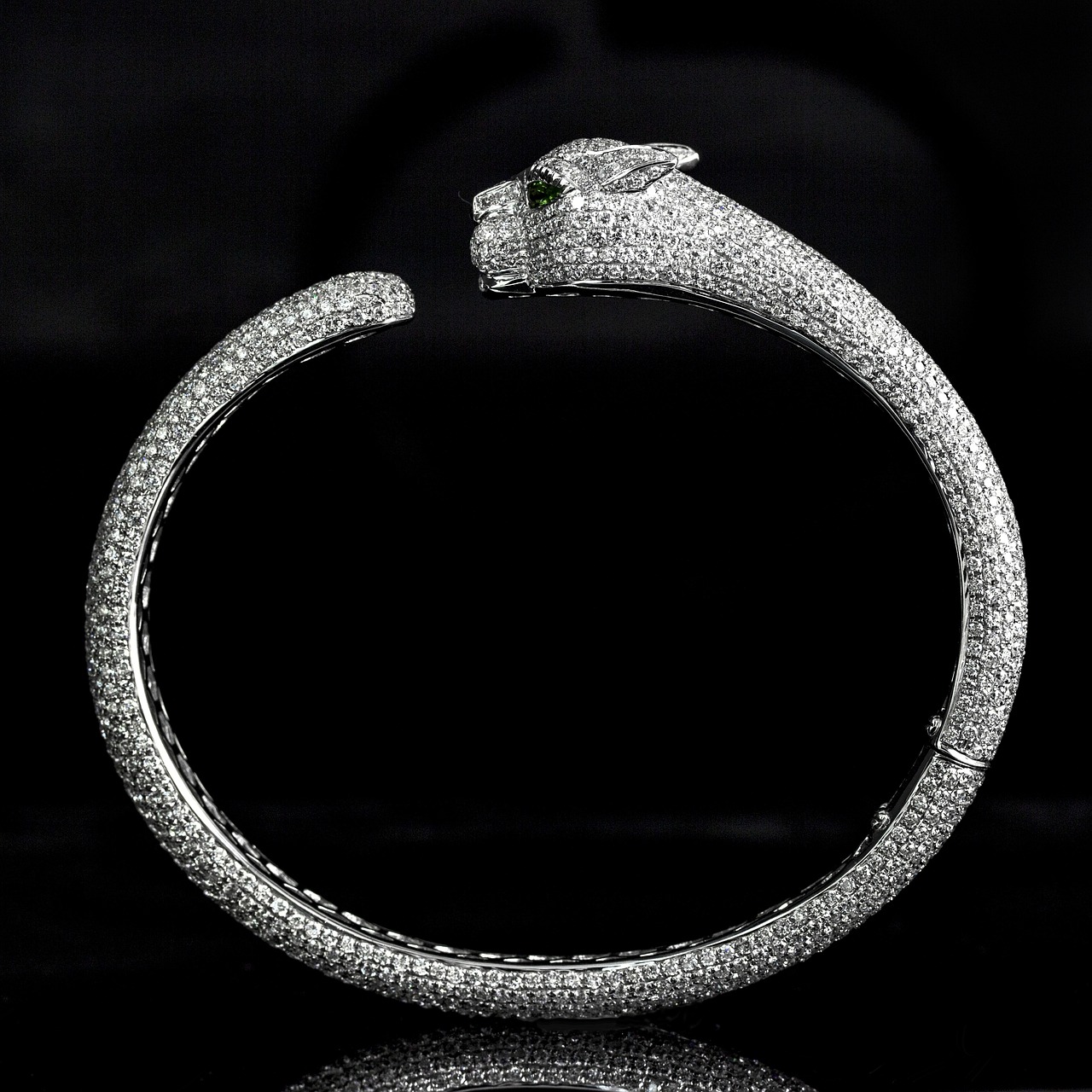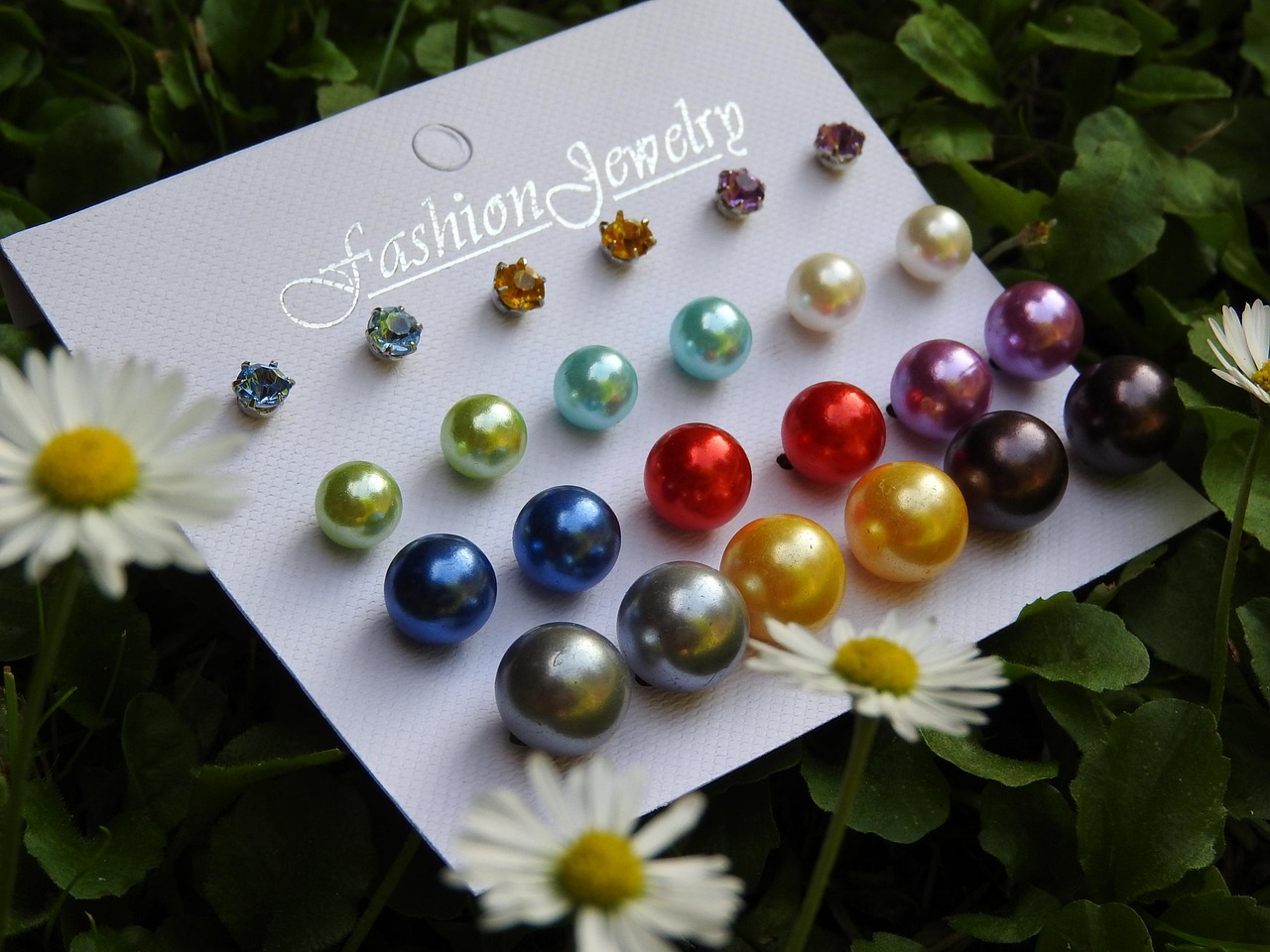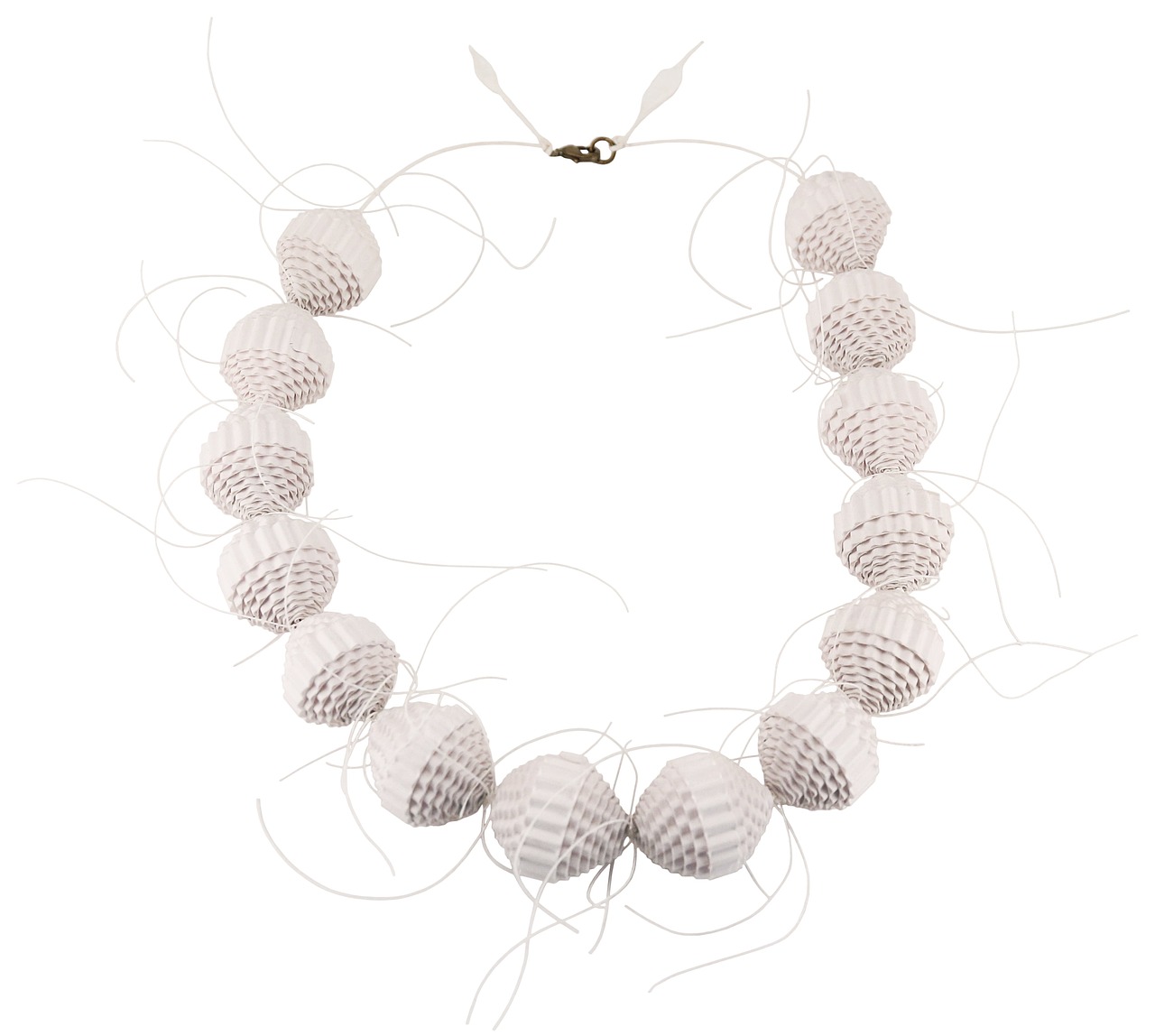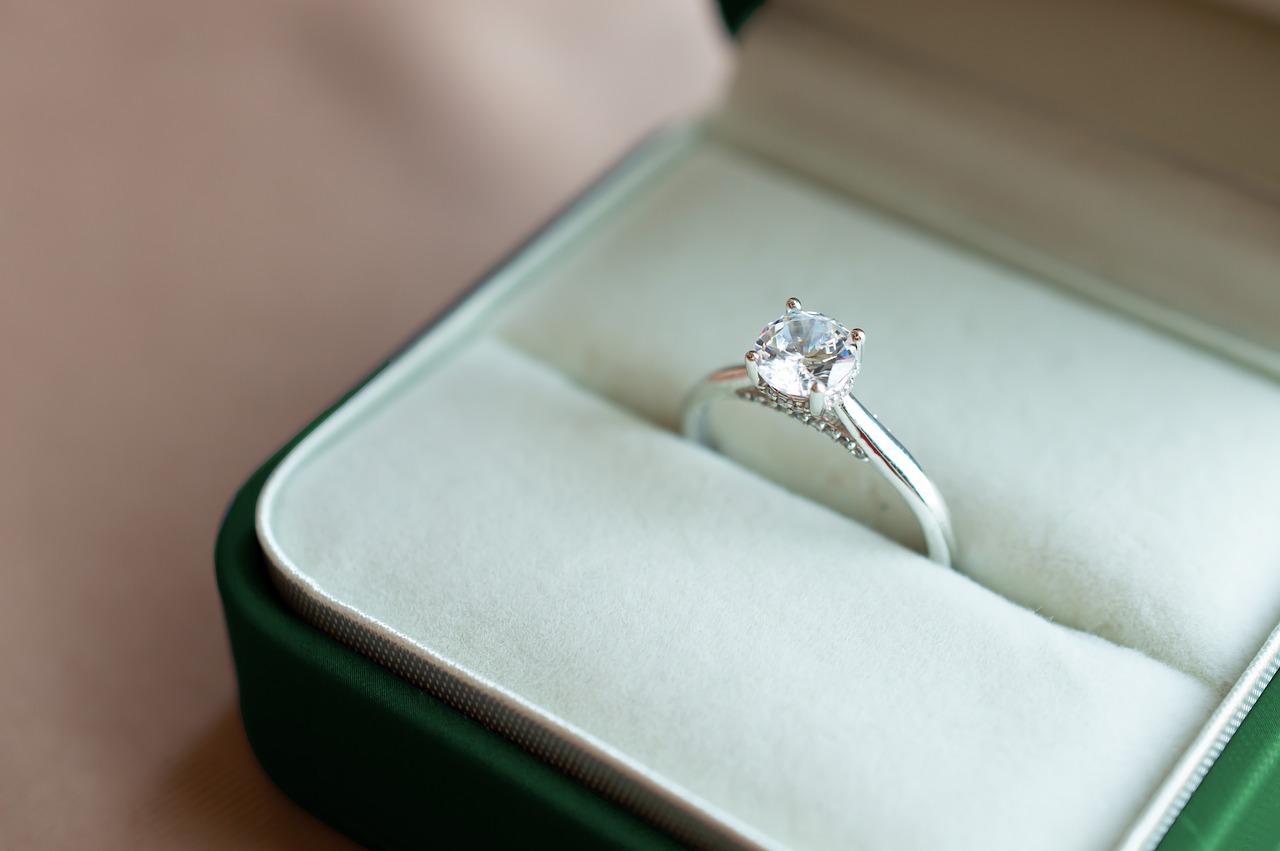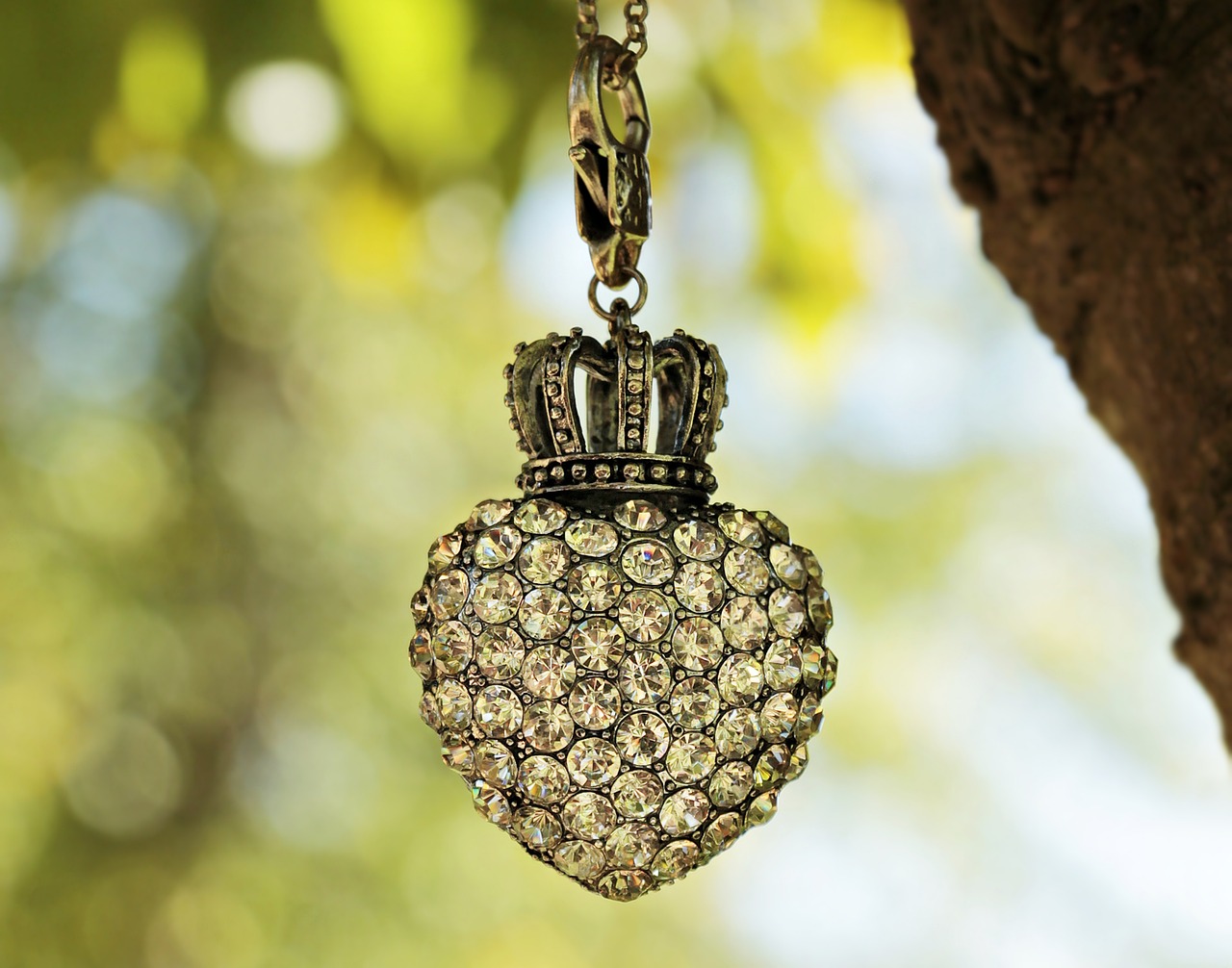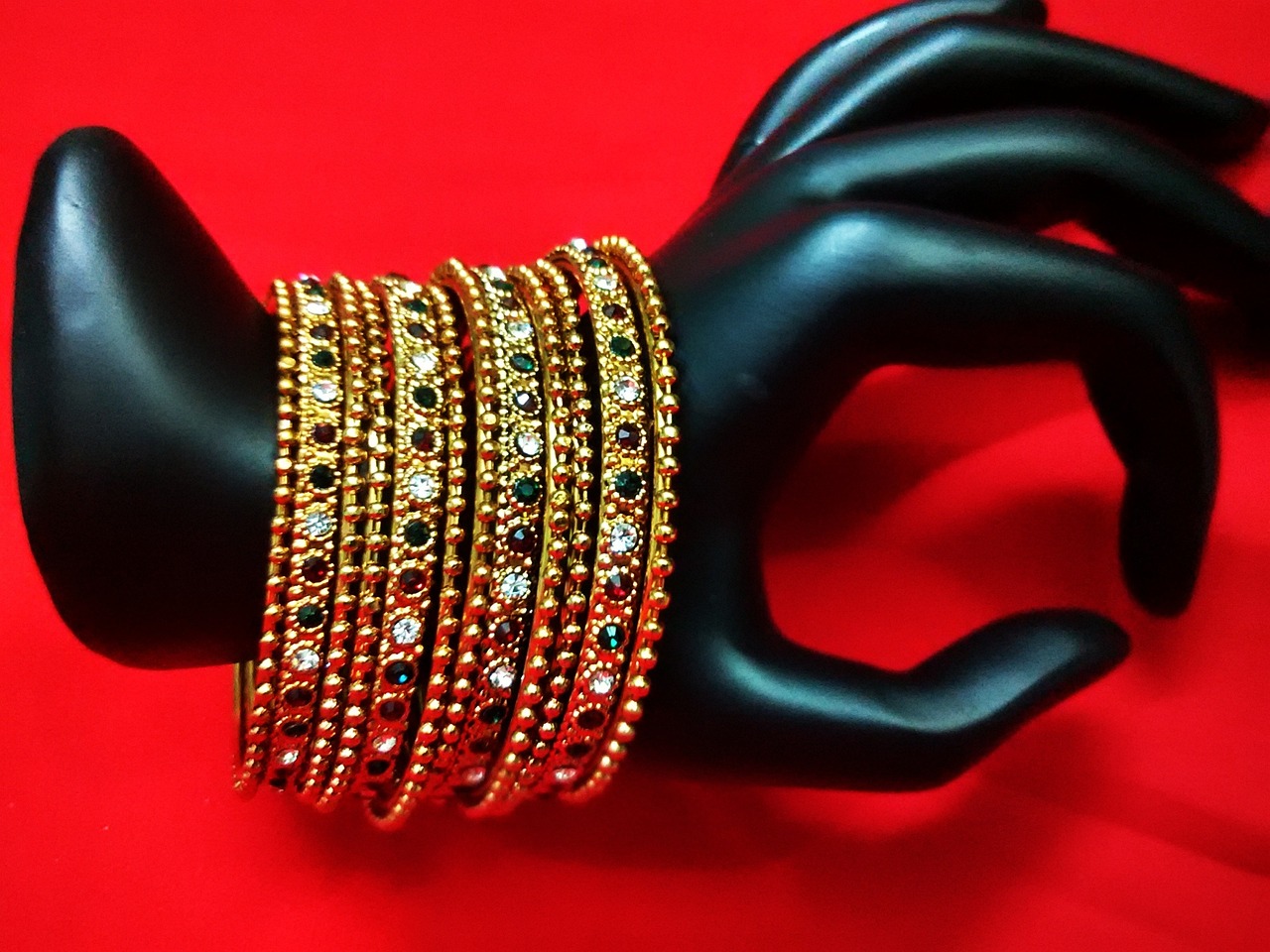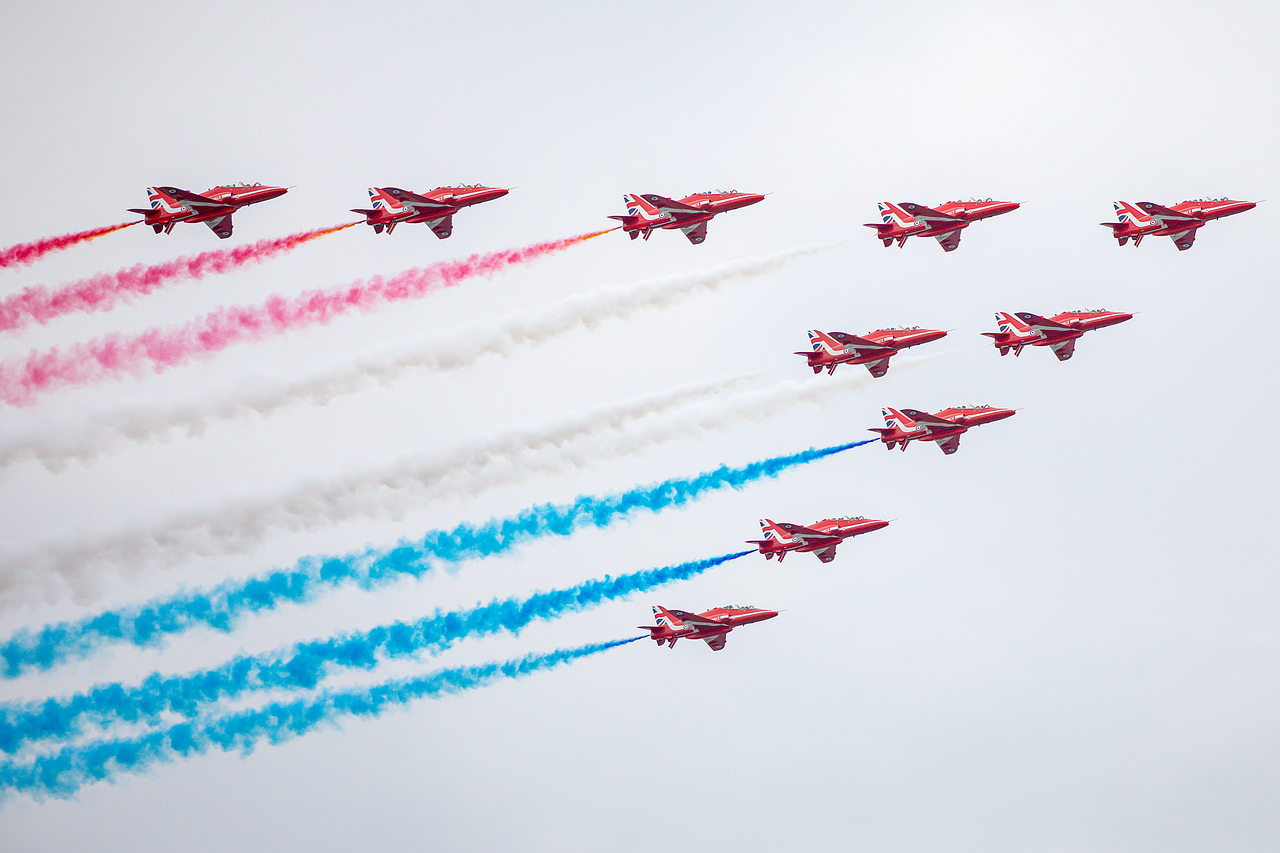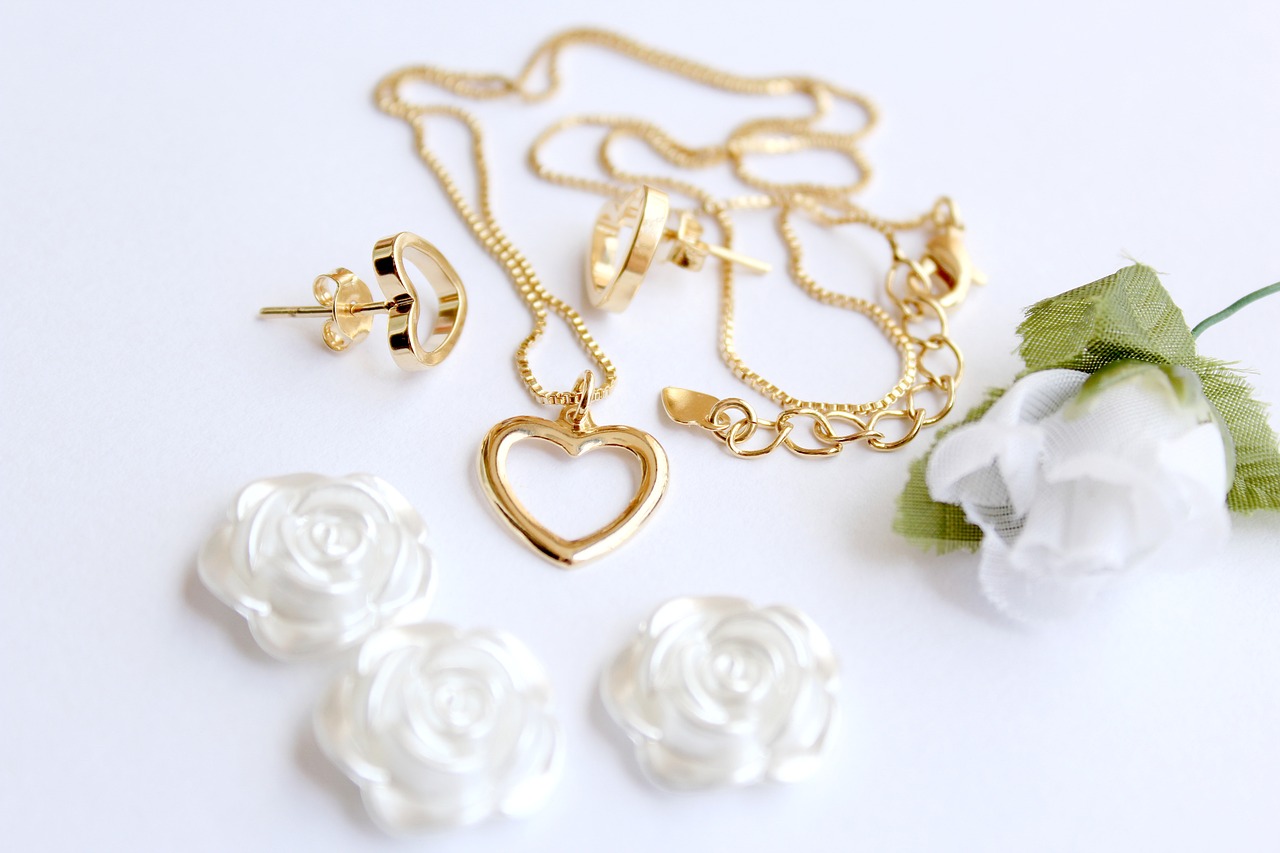Rings have been worn for centuries, serving as symbols of love, commitment, and personal expression. This article delves into the significance and symbolism of various types of rings, including engagement, wedding, promise, and fashion rings. Each type carries its own cultural and emotional meanings, reflecting the values and beliefs of individuals and societies.
An engagement ring is a powerful symbol of a couple’s commitment to marriage. Traditionally, it features a diamond or another precious gemstone, representing strength and eternal love. The history of engagement rings dates back to ancient Rome, where they were used as a token of ownership and commitment. Today, they signify a promise of a future together, enhancing their emotional significance.
Wedding rings hold profound meaning as they symbolize eternal love and commitment between partners. Exchanged during wedding ceremonies, these rings serve as a constant reminder of the vows taken. The cultural significance of wedding rings varies; for instance, in many Western cultures, they are worn on the fourth finger of the left hand, believed to have a vein that runs directly to the heart.
Wedding rings can be crafted from a variety of materials, including:
- Gold: A traditional choice, symbolizing wealth and prosperity.
- Platinum: Known for its strength and rarity, representing pure love.
- Titanium: A modern option, valued for its durability and lightweight nature.
Each material carries its own symbolism, affecting the ring’s overall meaning and appeal.
Promise rings signify a commitment between partners, often representing love, fidelity, or a pre-engagement promise. These rings can vary in design, from simple bands to more elaborate styles, and hold significant emotional weight, often marking a milestone in a relationship.
Birthstone rings celebrate individuality and personal connections. Each stone is associated with specific meanings and traits, making them thoughtful gifts for loved ones. For example, a sapphire represents wisdom and loyalty, while a ruby symbolizes passion and love. These rings can serve as a personal reminder of one’s unique identity.
Selecting a birthstone ring involves considering the recipient’s birth month, personal preferences, and the stone’s meaning. A thoughtful approach enhances the ring’s significance, making it a cherished gift. Additionally, incorporating the recipient’s favorite metal can further personalize the piece.
Fashion rings are primarily worn for style and self-expression. Unlike engagement or wedding rings, they are not bound by tradition or symbolism. Instead, they convey personal taste and creativity, often featuring unique designs and materials. Fashion rings allow individuals to express their personality and style without the constraints of conventional meanings.
Cultural differences play a significant role in the meanings attached to rings. For example, in some cultures, rings are used to signify social status or family heritage. Understanding these variations can provide deeper insights into the significance of rings across different societies.
Various cultures have unique ring traditions, such as the Claddagh ring in Ireland, which symbolizes love, loyalty, and friendship. Additionally, family heirloom rings often carry deep sentimental value, representing generational ties and shared histories. These traditions highlight the diverse meanings of rings globally.
Rings can serve as powerful symbols of personal identity and values. Whether through engravings, unique designs, or the choice of materials, they often tell a story about the wearer’s life and beliefs. This personal connection adds layers of meaning, making rings more than just decorative items.
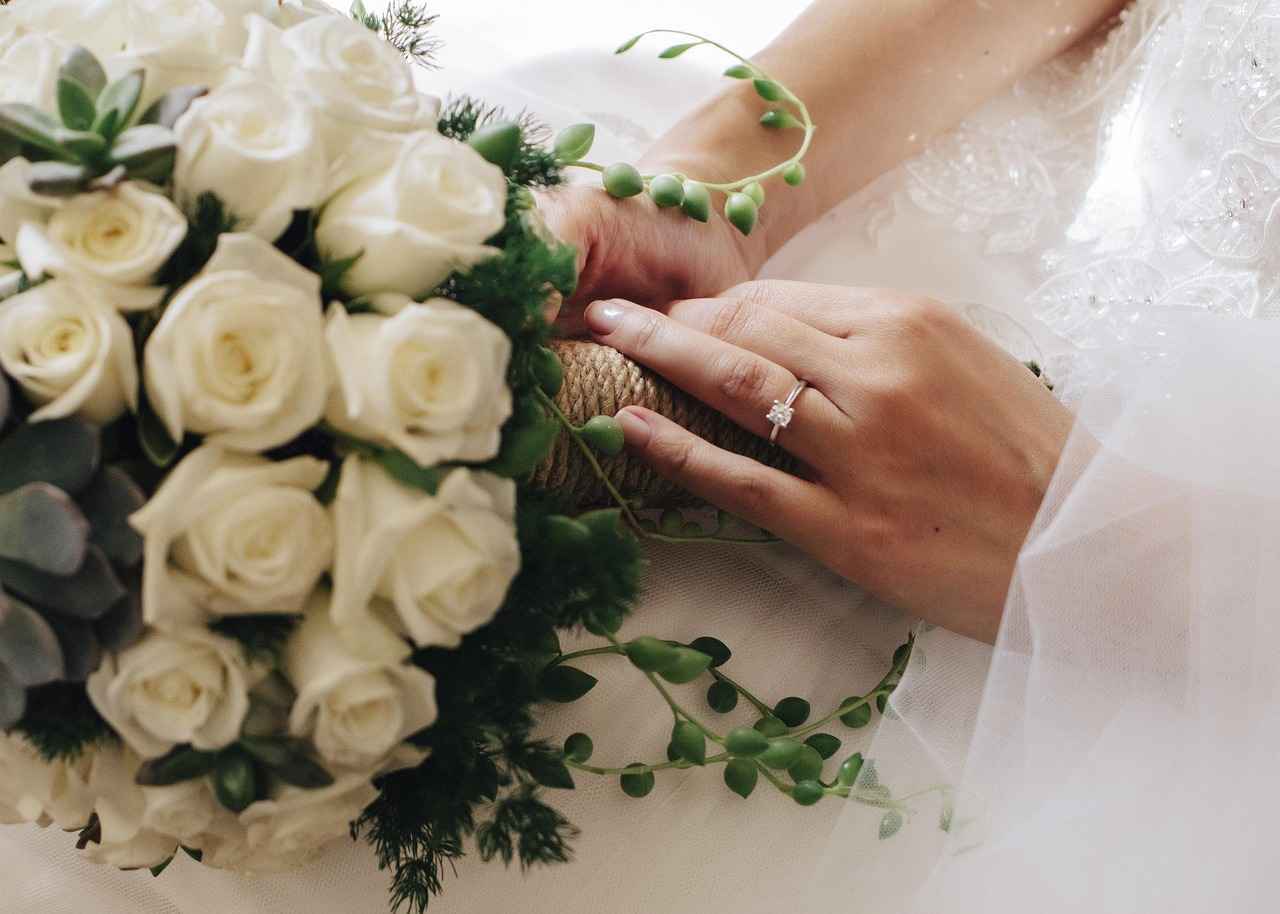
What Does an Engagement Ring Symbolize?
Engagement rings hold a profound significance in the realm of love and commitment. They are not merely pieces of jewelry; they are symbols of a promise between partners, often representing the intention to marry. Traditionally adorned with a diamond or other precious gemstones, the choice of stone can add layers of meaning to the ring itself.
At its core, an engagement ring signifies a commitment to a lifelong partnership. The circular shape of the ring, with no beginning or end, symbolizes eternity and the everlasting love that the couple shares. This symbolism is often enhanced by the choice of the gemstone. For instance, diamonds are commonly chosen for their durability and brilliance, representing the strength and clarity of the couple’s bond.
Historically, the tradition of giving engagement rings dates back to ancient Egypt, where rings made from braided reeds were exchanged as a sign of commitment. The use of precious metals and stones evolved over time, with the first diamond engagement ring recorded in 1477 when Archduke Maximilian of Austria presented one to Mary of Burgundy. This act set a precedent that continues to influence engagement ring customs today.
The gemstone selected for an engagement ring can convey personal significance and reflect the couple’s values. While diamonds are the most popular choice, alternative gemstones such as sapphires, emeralds, and rubies are gaining popularity. Each stone carries its own meanings; for example, sapphires symbolize loyalty and nobility, while emeralds represent rebirth and love.
Cultural perspectives play a significant role in the meaning of engagement rings. In some cultures, the engagement ring is worn on the right hand, while in others, it is worn on the left. Additionally, the significance of the ring may vary; in certain traditions, the engagement ring is seen as a gift from the groom’s family, while in others, it is a personal token of love from one partner to another.
Today’s couples are increasingly looking for unique ways to express their love through engagement rings. This has led to a rise in custom-designed rings that reflect personal stories and individual styles. Many couples are opting for ethically sourced stones and vintage designs, which not only add character but also align with their values regarding sustainability and ethical consumption.
By understanding the rich history and symbolism behind engagement rings, couples can deepen their emotional connection to these cherished pieces. The knowledge that their ring is part of a long-standing tradition can add layers of meaning to the promise it represents. Moreover, discussing the significance of the ring can foster greater intimacy and understanding between partners, as they share their thoughts on love, commitment, and future aspirations.
In conclusion, engagement rings are much more than beautiful ornaments; they are powerful symbols of love and commitment, steeped in history and personal significance. By choosing a ring that resonates with both partners, the engagement ring becomes a treasured reminder of their journey together.
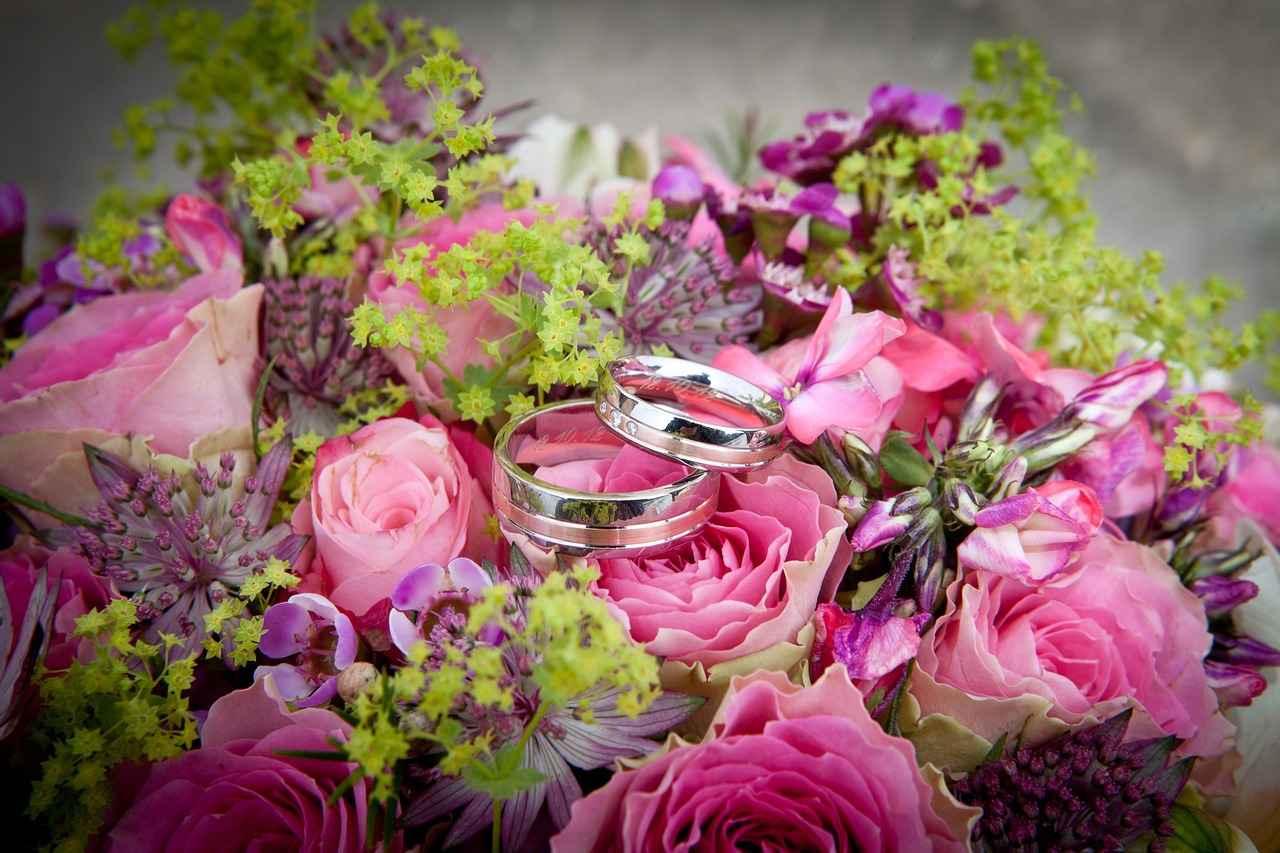
Why Are Wedding Rings Important?
Wedding rings hold a profound significance as they symbolize the bond of eternal love and commitment between partners. Traditionally exchanged during wedding ceremonies, these rings carry deep emotional and cultural meanings that vary across different societies. The act of exchanging rings represents not just a promise, but a lifelong journey shared between two individuals.
Wedding rings are more than mere pieces of jewelry; they are potent symbols of unity and fidelity. The circular shape of the ring itself represents infinity, with no beginning and no end, signifying an everlasting connection. This symbolism is especially meaningful during wedding vows, where couples pledge to love and cherish each other for the rest of their lives.
Cultural variations play a significant role in the significance attached to wedding rings. In many Western cultures, the wedding band is typically worn on the fourth finger of the left hand, believed to have a vein that runs directly to the heart, often referred to as the “vena amoris.” In contrast, some Eastern cultures may have different customs regarding the finger or hand on which the ring is worn, reflecting their unique traditions and beliefs.
Wedding rings can be crafted from a variety of materials, each carrying its own symbolism:
- Gold: A traditional choice that symbolizes wealth and prosperity.
- Platinum: Known for its strength and rarity, representing purity and enduring love.
- Titanium: A modern choice, symbolizing resilience and strength.
The choice of material often reflects the couple’s personal taste and values, enhancing the ring’s emotional significance.
The design of a wedding ring can also hold special meaning. Some couples opt for simple bands, while others may choose intricate designs that incorporate gemstones or engravings. Each design choice can reflect the couple’s unique story and shared experiences, making the ring even more special.
Yes, there are various types of wedding rings, including:
- Classic Bands: Simple and elegant, often made of gold or platinum.
- Diamond Bands: Featuring diamonds or other gemstones, symbolizing luxury and commitment.
- Matching Sets: Coordinated rings for both partners, emphasizing unity.
Each type of ring carries its own significance and can be chosen based on personal preferences and shared values.
Wearing a wedding ring serves as a daily reminder of the vows taken and the love shared between partners. It can evoke feelings of security and belonging, reinforcing the emotional connection. Many couples find that their rings deepen their bond, serving as a tangible representation of their commitment.
Wedding rings can also be a reflection of personal identity and values. Couples may choose to engrave their rings with meaningful dates or messages, adding a layer of personalization. This practice not only enhances the ring’s significance but also tells a unique story about the couple’s journey together.
In conclusion, wedding rings are a powerful symbol of love and commitment, enriched by cultural traditions, material choices, and personal significance. Understanding the importance of these rings can deepen appreciation for the bond they represent.
What Materials Are Commonly Used for Wedding Rings?
When it comes to selecting the perfect wedding ring, understanding the materials used can greatly influence your choice. Wedding rings are not just pieces of jewelry; they carry significance and meaning that can last a lifetime. In this section, we will explore the most common materials used for wedding rings, their symbolism, and their durability.
Gold has been a favored choice for wedding rings for centuries. Its rich color and inherent value symbolize wealth and prosperity. Gold rings can be found in various shades, including yellow, white, and rose gold, each offering a unique aesthetic. The malleability of gold allows for intricate designs that can be personalized to reflect the couple’s style.
Platinum is renowned for its strength and rarity, making it an ideal choice for couples seeking a durable option. This precious metal is hypoallergenic, making it suitable for those with sensitive skin. The silvery-white hue of platinum represents purity and enduring love, making it a popular choice for wedding bands.
Titanium has gained popularity in recent years as a modern alternative to traditional metals. Known for its lightweight nature and exceptional strength, titanium rings are perfect for those who lead an active lifestyle. They are also resistant to scratching and tarnishing, ensuring that the ring maintains its appearance over time.
- Silver: A more affordable option, silver rings can be beautiful but require more maintenance to prevent tarnishing.
- Stainless Steel: Known for its durability and resistance to corrosion, stainless steel is a practical choice for those seeking a modern look.
- Wood and Alternative Materials: Unique wedding rings made from wood or alternative materials can represent individuality and personal style.
The choice of material for a wedding ring can greatly influence its symbolism. For instance, gold rings often represent tradition and wealth, while platinum signifies purity and strength. On the other hand, titanium and alternative materials can embody a modern and individualistic approach to love and commitment.
When selecting a wedding ring, it is essential to consider both durability and maintenance. While gold and platinum are relatively easy to maintain, titanium and stainless steel require less upkeep. Understanding the properties of each material can help couples make an informed decision that aligns with their lifestyle.
In summary, the material of a wedding ring is not merely a matter of aesthetics but also encompasses symbolism, durability, and personal values. By understanding the implications of each material, couples can choose a ring that truly represents their unique love story.
Gold Wedding Rings: A Traditional Choice
Gold wedding rings have been cherished for centuries, serving as a timeless symbol of love and commitment. Their rich history and cultural significance make them a classic choice for couples embarking on their journey together.
Gold is not just a beautiful metal; it carries deep meanings and associations. Traditionally, it symbolizes wealth, prosperity, and everlasting love. This makes gold wedding rings a fitting representation of the bond shared between partners. The warm hue of gold evokes feelings of warmth and affection, enhancing the emotional connection that a couple shares.
One of the most appealing features of gold is its malleability. This quality allows jewelers to create intricate and personalized designs that reflect each couple’s unique style. From classic solitaires to elaborate vintage styles, the possibilities are endless. Couples can choose from different gold karats, such as 14k, 18k, or even 24k, each offering a different balance of purity and durability.
- Yellow Gold: The most traditional choice, yellow gold has a classic appeal and is often associated with warmth and romance.
- White Gold: This alloy is created by mixing gold with other metals like palladium or nickel, giving it a sleek, modern look that resembles platinum.
- Rose Gold: Known for its pinkish hue, rose gold has gained popularity in recent years, symbolizing love and affection.
Gold wedding rings can be tailored to reflect the individual styles of the couple. Many couples opt for custom engravings or unique designs that tell their love story. Whether it’s a simple band or a more elaborate design, gold rings can be personalized to suit any taste.
In many cultures, gold wedding rings are seen as a symbol of unity and commitment. For instance, in some traditions, the act of exchanging gold rings during the wedding ceremony signifies the couple’s bond and their promise to support each other through life’s challenges. This cultural importance adds another layer of meaning to gold rings, making them even more special.
To ensure that your gold wedding ring maintains its beauty and shine, regular care is essential. Here are some tips:
- Clean Regularly: Use a mild soap solution and a soft cloth to clean your ring.
- Avoid Harsh Chemicals: Keep your ring away from household cleaners and chlorine, which can damage the metal.
- Store Safely: When not wearing your ring, store it in a soft pouch or a separate compartment to prevent scratches.
Gold wedding rings are more than just jewelry; they are a celebration of love and commitment. Their enduring appeal, combined with their rich symbolism and personal significance, makes them a cherished choice for couples around the world.
Platinum Wedding Rings: Symbol of Purity
When it comes to choosing a wedding ring, the material plays a significant role in not only the ring’s appearance but also its symbolism. One of the most sought-after materials is platinum, renowned for its unique qualities and rich history. In this section, we will delve deeper into why platinum wedding rings are often regarded as a symbol of purity and enduring love.
Platinum is a precious metal that stands out due to its strength and rarity. Unlike gold, which is more commonly available, platinum is much less abundant in the Earth’s crust. This rarity contributes to its allure, making it a popular choice for couples looking for something truly special. Additionally, platinum is incredibly durable, making it resistant to wear and tear over time. This durability symbolizes the lasting commitment between partners.
Another compelling reason many couples opt for platinum wedding rings is its hypoallergenic nature. For those with sensitive skin or allergies to certain metals, platinum offers a safe alternative. This quality ensures that the ring can be worn comfortably every day, serving as a constant reminder of the couple’s love and commitment without causing any discomfort.
- Timeless Elegance: Platinum has a natural white sheen that complements any gemstone beautifully, especially diamonds. Its color does not fade or tarnish, maintaining its brilliance over time.
- Symbol of Commitment: The durability and rarity of platinum signify a love that is both strong and unique, making it a fitting choice for wedding rings.
- Versatile Designs: Platinum can be crafted into intricate designs, allowing for personalized touches that reflect the couple’s unique style.
When considering wedding ring materials, platinum often comes up against gold and titanium. While gold is traditional and available in various colors, it is softer and can scratch more easily than platinum. Titanium, on the other hand, is lightweight and strong but lacks the same luxurious appeal as platinum. For couples seeking a ring that combines luxury with strength, platinum stands out as the superior choice.
Choosing a platinum wedding ring is not just about aesthetics; it also carries deep emotional significance. The strength of platinum mirrors the unbreakable bond of marriage. Many couples believe that wearing a platinum ring symbolizes their commitment to face life’s challenges together, reinforcing their connection through thick and thin.
While platinum wedding rings can be more expensive than those made from gold or other metals, many couples find the investment worthwhile. The longevity and unique properties of platinum make it a practical choice that can be cherished for generations. Additionally, the value of platinum tends to hold up well over time, making it a sound financial investment.
In conclusion, platinum wedding rings are more than just a beautiful accessory; they are a profound symbol of love, commitment, and purity. With their unique properties and emotional significance, it’s no wonder that many couples choose platinum as the metal that represents their eternal bond.
What Are Promise Rings and Their Meanings?
Promise rings, often seen as a beautiful symbol of commitment, hold a significant place in many relationships. They are more than just pieces of jewelry; they represent a deep emotional connection between partners. But what exactly do promise rings signify, and how do they differ from other types of rings?
A promise ring is a symbol of commitment that partners give to each other as a pledge of love and fidelity. Unlike engagement rings, which signify a commitment to marry, promise rings can represent various forms of commitment. This could range from a vow to remain faithful to a pre-engagement promise, indicating that both partners are serious about their relationship.
- To Strengthen Bonds: Couples often choose promise rings as a way to solidify their relationship. It serves as a reminder of their love and commitment.
- Pre-Engagement Symbol: For many, a promise ring is a stepping stone towards engagement. It signifies that both partners are considering a future together.
- Personal Meaning: Each promise ring can be uniquely designed, allowing couples to choose symbols or stones that hold special significance to them.
Promise rings come in a variety of styles and designs. They can be simple bands or more elaborate pieces adorned with gemstones. The choice of material can also vary, with options including gold, silver, and platinum. Some couples opt for personalized engravings, adding a unique touch that reflects their love story.
While engagement and wedding rings are often associated with marriage, promise rings have a broader range of meanings. They can represent a commitment to love without the immediate intention of marriage. This flexibility makes promise rings suitable for couples at different stages in their relationship.
Giving a promise ring can carry significant emotional weight. It often signifies trust and a strong bond between partners. The act of exchanging promise rings can be a powerful moment, reinforcing the couple’s intentions and feelings for one another.
There is no set timeline for when to give a promise ring. Some couples may choose to exchange promise rings early in their relationship, while others may wait until they feel more secure in their commitment. The key is that both partners feel ready to take this meaningful step.
- Personal Style: Consider your partner’s taste in jewelry. A ring that reflects their style will be more meaningful.
- Symbolism: Think about what the ring will represent. You may want to include symbols or stones that hold personal significance.
- Budget: Promise rings can vary widely in price. Determine your budget beforehand to find a ring that is both beautiful and affordable.
In summary, promise rings are a beautiful way to express commitment and love between partners. They hold unique meanings and can be customized to reflect the couple’s journey together. Whether given as a pre-engagement promise or as a symbol of loyalty, promise rings serve as a lasting reminder of the bond shared between two people.

What Is the Significance of Birthstone Rings?
Birthstone rings have become increasingly popular as a means of celebrating individuality and forging personal connections. Each birthstone corresponds to a specific month and is imbued with unique meanings and traits, making these rings not only beautiful accessories but also deeply personal gifts.
Each birthstone carries its own set of attributes and significance. For example:
- January – Garnet: Symbolizes protection and strength.
- February – Amethyst: Represents peace and clarity of mind.
- March – Aquamarine: Signifies courage and tranquility.
- April – Diamond: Stands for eternal love and purity.
- May – Emerald: Associated with rebirth and love.
- June – Pearl: Represents wisdom and integrity.
- July – Ruby: Symbolizes passion and vitality.
- August – Peridot: Signifies strength and healing.
- September – Sapphire: Represents wisdom and nobility.
- October – Opal: Associated with creativity and inspiration.
- November – Topaz: Symbolizes love and affection.
- December – Turquoise: Represents protection and good fortune.
Giving a birthstone ring is a meaningful gesture that shows thoughtfulness and care. When you select a ring that features someone’s birthstone, you are not just giving a piece of jewelry; you are offering a token of personal significance. This connection can strengthen relationships, making it a perfect gift for birthdays, anniversaries, or special milestones.
Choosing the right birthstone ring involves more than just selecting a stone. Consider the following factors:
- Recipient’s Birth Month: Ensure you select the correct stone associated with their birth month.
- Personal Style: Consider the recipient’s taste in jewelry. Do they prefer classic designs or modern aesthetics?
- Metal Choice: The metal surrounding the stone can also enhance its beauty. Options include gold, silver, and platinum.
Wearing a birthstone ring can provide various benefits beyond aesthetic appeal. Many believe that birthstones can bring good luck, health, and emotional stability to the wearer. For instance, the calming properties of amethyst can help reduce stress, while the protective qualities of turquoise can promote overall well-being.
Yes, birthstone rings can be tailored to suit anyone, regardless of age or gender. They can be designed in various styles, from minimalist to elaborate, making them versatile gifts. Additionally, many people appreciate the personal connection that comes with wearing their birthstone, making it a cherished item in their jewelry collection.
Proper care is essential to maintain the beauty and integrity of birthstone rings. Here are some tips:
- Regular Cleaning: Clean your ring with a soft cloth and mild soap to remove dirt and oils.
- Avoid Harsh Chemicals: Keep your ring away from harsh chemicals that could damage the stone or metal.
- Proper Storage: Store your ring in a soft pouch or jewelry box to prevent scratches.
In conclusion, birthstone rings are more than just jewelry; they are a celebration of individual identity and meaningful connections. Their unique symbolism and personal significance make them thoughtful gifts that can be treasured for a lifetime.
How to Choose the Right Birthstone Ring?
Choosing the right birthstone ring is more than just picking a beautiful piece of jewelry; it is a meaningful decision that reflects the recipient’s personality, preferences, and unique traits associated with their birth month. This guide aims to provide you with essential insights to make an informed choice.
- Recipient’s Birth Month: The most obvious factor is the recipient’s birth month. Each month is associated with a specific gemstone, which carries its own significance and meaning. For instance, January’s garnet symbolizes protection, while September’s sapphire represents wisdom.
- Personal Preferences: Understanding the recipient’s style and preferences is crucial. Do they prefer classic designs or modern aesthetics? Are they drawn to vibrant colors or more subdued tones? Taking these preferences into account will ensure the ring is cherished.
- Stone’s Meaning: Each birthstone has its own set of meanings and attributes. Researching these can provide deeper emotional resonance. For example, the emerald, associated with May, symbolizes love and rebirth, making it a perfect gift for anniversaries or special occasions.
The setting of the birthstone can dramatically affect the overall look of the ring. Common settings include:
- Prong Setting: This classic style showcases the stone prominently, allowing maximum light to enter and enhance its brilliance.
- Bezel Setting: This modern approach encircles the stone with metal, providing a secure hold and a sleek appearance.
- Halo Setting: This design features smaller stones surrounding the central birthstone, adding extra sparkle and enhancing the stone’s size visually.
The choice of metal can significantly influence the ring’s aesthetic and durability. Common options include:
- Gold: Available in yellow, white, and rose varieties, gold is a traditional choice that symbolizes wealth and prosperity.
- Platinum: Known for its strength and hypoallergenic properties, platinum is a premium choice that signifies enduring love.
- Silver: A more affordable option, silver offers a contemporary look and is often used in fashion rings.
Adding a personal touch can elevate the significance of the birthstone ring. Consider these options:
- Engravings: Adding a special date, initials, or a meaningful phrase can transform a simple ring into a treasured keepsake.
- Mixed Stones: Combining the recipient’s birthstone with other gemstones can create a unique design that reflects their personality or family connections.
- Custom Designs: Collaborating with a jeweler to create a bespoke ring ensures that the piece is truly one-of-a-kind.
Understanding the symbolism behind the birthstone can enhance its emotional value. When you choose a birthstone ring that resonates with the recipient’s values or life experiences, it becomes more than just a piece of jewelry; it transforms into a meaningful gift that can be cherished for years to come.
In conclusion, selecting the perfect birthstone ring requires careful consideration of various factors, including the recipient’s birth month, personal preferences, and the meanings associated with the stones. By taking a thoughtful approach, you can enhance the ring’s significance and ensure it is a cherished gift.
What Do Fashion Rings Represent?
Fashion rings have emerged as a significant trend in the world of jewelry, often serving as a canvas for personal expression and style. Unlike traditional rings that often carry deep symbolic meanings, fashion rings are primarily worn for their aesthetic appeal and the unique messages they convey about the wearer’s personality.
Fashion rings are versatile pieces of jewelry that can be worn on any occasion. They come in various styles, materials, and designs, allowing individuals to showcase their creativity and personal taste. From bold statement pieces to delicate, intricate designs, fashion rings can enhance any outfit, making them a popular choice among fashion enthusiasts.
- Self-Expression: Fashion rings allow individuals to express their unique style and personality. They can be layered, stacked, or worn individually to create a look that is distinctly personal.
- Variety of Designs: With countless designs available, fashion rings cater to diverse tastes. Whether one prefers minimalist styles or extravagant designs, there is a fashion ring for everyone.
- Affordability: Many fashion rings are made from less expensive materials compared to fine jewelry, making them accessible to a broader audience.
Fashion rings are crafted from a variety of materials, each offering different aesthetics and durability. Some of the most common materials include:
| Material | Characteristics |
|---|---|
| Sterling Silver | Affordable and versatile, ideal for intricate designs. |
| Stainless Steel | Durable and resistant to tarnishing, perfect for everyday wear. |
| Gold-Plated | Offers a luxurious look at a lower price point, but may wear off over time. |
| Enamel | Available in various colors, adding a fun pop to any outfit. |
Fashion rings can act as a reflection of one’s personal style and preferences. For instance, a bold, chunky ring may indicate a strong personality, while a delicate, dainty band might suggest a more understated elegance. The choice of stones, colors, and designs can also communicate various aspects of the wearer’s identity.
Absolutely! Many jewelers offer customization options for fashion rings, allowing individuals to create unique pieces that resonate with their personal stories. Customizations can include:
- Engravings of names or meaningful dates
- Incorporation of birthstones or favorite colors
- Design alterations to suit individual preferences
Fashion rings are incredibly versatile and can be worn for various occasions, from casual outings to formal events. Their adaptability makes them a staple in many jewelry collections. Whether you are dressing up for a wedding or adding flair to a casual outfit, a fashion ring can elevate your look effortlessly.
Current trends in fashion rings often reflect broader fashion movements. Some popular trends include:
- Stacking Rings: Wearing multiple rings together for a layered effect.
- Mixed Materials: Combining different metals and stones for a unique look.
- Bold Colors: Utilizing vibrant gemstones and enamel finishes to make statements.
In conclusion, fashion rings represent a wonderful blend of style, creativity, and personal expression. They serve as an opportunity for individuals to showcase their unique tastes and can be customized to reflect personal stories. As trends evolve, fashion rings will continue to be a beloved accessory, celebrating individuality and the art of self-expression.
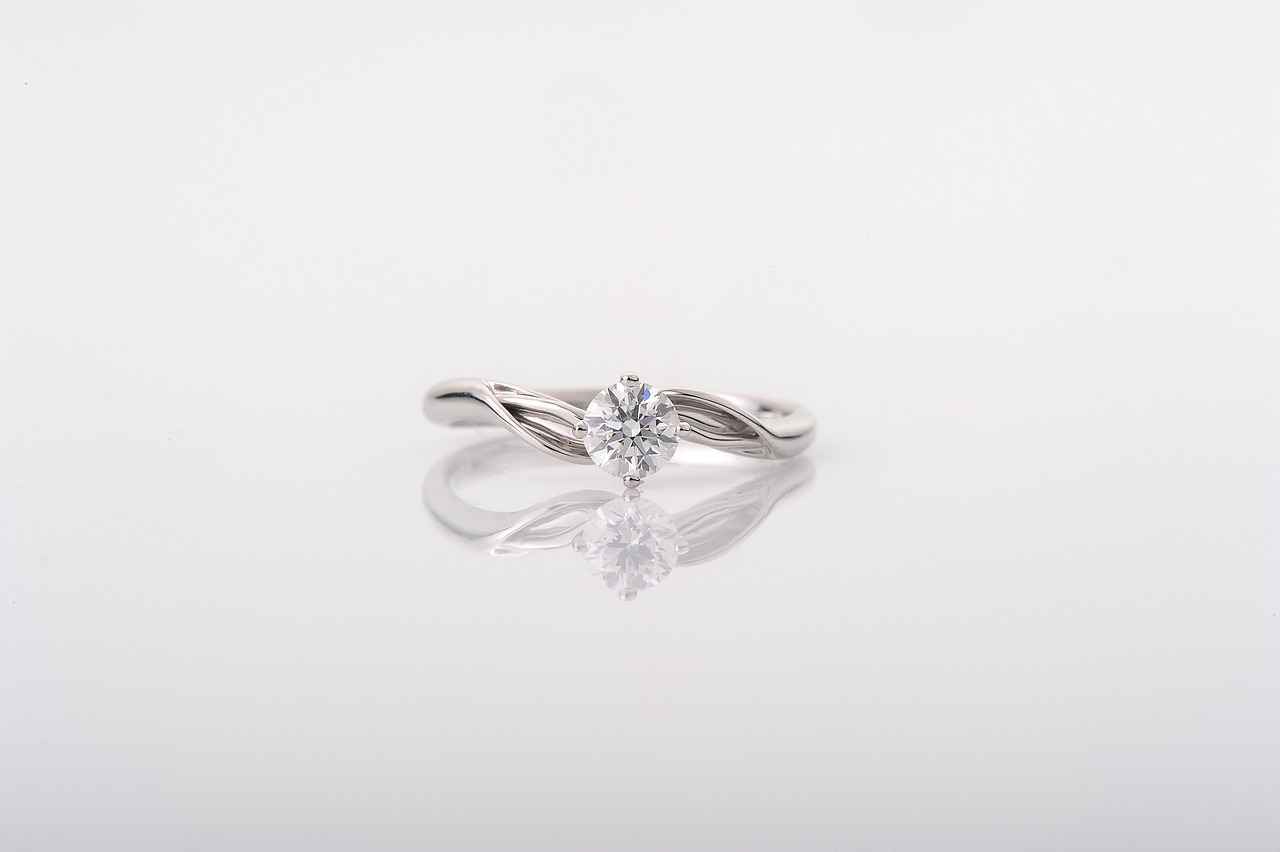
How Do Cultural Variations Affect Ring Meanings?
Cultural differences play a significant role in the meanings attached to rings, reflecting the rich tapestry of human experience and values. Understanding these variations can provide deeper insights into the significance of rings in different societies. From engagement and wedding rings to promise and fashion rings, each type carries its own cultural weight and emotional resonance.
Rings have transcended their basic function as decorative items to become powerful symbols of commitment, identity, and tradition. In many cultures, the act of exchanging rings signifies a bond that goes beyond mere physical adornment. For instance, in Western cultures, engagement and wedding rings are typically worn on the fourth finger of the left hand, believed to be connected to the heart via the vena amoris, or “vein of love.” In contrast, some Eastern cultures may have different customs regarding the placement and meaning of rings.
- Claddagh Ring: Originating from Ireland, the Claddagh ring represents love, loyalty, and friendship. The design features two hands holding a heart, topped with a crown, and its orientation can signify relationship status.
- Wedding Rings in India: In many Indian cultures, wedding rings are often part of a larger set of jewelry that includes the mangalsutra, which symbolizes marital status and is worn by married women.
- Promise Rings in America: These rings are often exchanged between couples to signify a commitment to each other, whether it be romantic or platonic, and can vary widely in design and meaning.
Rings can serve as powerful symbols of personal identity and values. They often tell a story about the wearer’s life and beliefs, with unique engravings or designs that reflect personal experiences. For example, a ring may be engraved with a significant date or phrase that holds deep meaning for the wearer. This personalization transforms a simple piece of jewelry into a cherished artifact.
The materials used in rings can also carry cultural significance. For instance, gold is often associated with wealth and prosperity in many cultures, making it a popular choice for wedding rings. In contrast, silver rings may symbolize purity and clarity in certain traditions. Moreover, the choice of gemstones can reflect cultural values—such as sapphires for fidelity in Western cultures or rubies for love in Asian traditions.
Many cultures have traditions of passing down rings through generations, creating a tangible link between the past and present. Family heirloom rings often carry stories of love, sacrifice, and resilience, making them invaluable to the families that cherish them. Such rings can serve as reminders of family heritage and values, reinforcing the bonds between generations.
In summary, understanding the cultural variations surrounding rings enriches our appreciation for their significance. Whether as symbols of love, identity, or tradition, rings continue to play a vital role in human connections across the globe.
What Are Some Unique Cultural Ring Traditions?
Rings have long been cherished symbols across various cultures, each carrying its own unique significance and traditions. Understanding these cultural ring traditions not only enriches our appreciation of these beautiful pieces of jewelry but also highlights the diverse meanings they hold around the world.
The Claddagh ring is a traditional Irish ring that symbolizes love, loyalty, and friendship. Featuring two hands holding a heart, topped with a crown, this ring serves as a powerful reminder of the values that bind relationships. The way the ring is worn can also convey relationship status: worn on the right hand with the heart facing outward indicates that the wearer is single, while wearing it on the left hand signifies engagement or marriage.
In many cultures, family heirloom rings are passed down through generations, often carrying significant emotional value. These rings serve as a connection to ancestry and family history, embodying stories and memories that transcend time. Weddings often incorporate these heirlooms, symbolizing the joining of families and the continuation of traditions.
Promise rings are prevalent in various cultures, representing a commitment that may precede engagement. In some traditions, these rings are exchanged as a pledge of fidelity or a promise to marry in the future. The designs and materials of promise rings can vary widely, reflecting personal taste and cultural influences.
In India, wedding rings are often part of a larger set of jewelry worn during the wedding ceremony. The mangalsutra, a sacred necklace, is typically worn by brides as a symbol of their marital status. Rings exchanged during the ceremony may be adorned with intricate designs and gemstones, each holding specific meanings related to prosperity and protection.
In various African cultures, rings can signify important life events or social status. For instance, in some tribes, beaded rings are worn to represent a woman’s marital status or fertility. Additionally, during initiation ceremonies, young men may receive rings as symbols of their transition into adulthood.
Engagement rings vary significantly across cultures. In Western traditions, they are typically adorned with a diamond, symbolizing eternal love. Conversely, in some Eastern cultures, engagement rings may not be as common, with families emphasizing the importance of dowries or other forms of commitment instead.
The designs of rings often reflect the cultural heritage of the wearer. For example, Native American rings may incorporate turquoise and silver, symbolizing nature and spirituality, while Japanese rings may feature minimalist designs that emphasize simplicity and elegance. These variations not only enhance the aesthetic appeal but also tell stories of cultural values and beliefs.
In contemporary society, rings continue to hold significant meaning, often representing personal milestones and commitments. From engagement and wedding rings to fashion statements, the symbolism attached to rings has evolved, yet their core essence of love, commitment, and identity remains intact. Understanding these cultural traditions enriches our appreciation for the stories and emotions encapsulated within each ring.
How Do Rings Reflect Personal Identity?
Rings have long been more than mere adornments; they are powerful reflections of personal identity and values. Each ring can tell a unique story about the wearer, often encapsulating their beliefs, experiences, and aspirations. From intricate engravings to distinctive designs, rings can embody a myriad of meanings that resonate deeply with individuals.
Rings serve as symbols of significant life events and personal milestones. For instance, an engagement ring signifies a promise of love and commitment, while a family heirloom ring may represent lineage and heritage. These rings often carry emotional weight, making them cherished possessions that reflect the wearer’s journey through life.
Many individuals choose rings that resonate with their personal values or beliefs. For example, a ring featuring a specific gemstone might symbolize traits such as strength or wisdom, aligning with the wearer’s aspirations. Additionally, unique designs can express individuality, creativity, and personal style. Custom rings, often designed to reflect personal stories or significant life events, can serve as powerful reminders of what matters most to the wearer.
Engravings are a popular way to personalize rings, adding a layer of meaning that goes beyond the physical object. Whether it’s a meaningful date, a loved one’s name, or a personal mantra, engravings can encapsulate the essence of a person’s experiences and values. This personalization transforms a simple ring into a cherished keepsake, often passed down through generations.
Cultural backgrounds significantly influence the types of rings individuals choose to wear. For example, in some cultures, rings are integral to traditional ceremonies, symbolizing commitment and unity. In others, rings may represent personal achievements or milestones, such as completing an education or reaching a career goal. Understanding these cultural contexts can provide deeper insights into the meanings behind various ring styles and choices.
Fashion rings, often worn for style rather than symbolic purposes, allow individuals to express their creativity and personal taste. These rings can be bold statements or subtle accents, showcasing the wearer’s unique style. The choice of materials, colors, and designs can reflect current trends or personal preferences, further emphasizing the wearer’s identity.
Rings can also foster connections between individuals, serving as tangible reminders of relationships and shared experiences. Friendship rings, for instance, symbolize bonds between friends, while matching rings can signify unity among partners. These rings often carry stories and memories, reinforcing the emotional connections they represent.
In summary, rings are not just decorative items; they are profound symbols of personal identity and values. Through unique designs, engravings, and cultural influences, they tell stories that resonate with the wearer’s life experiences and beliefs. Whether chosen for their aesthetic appeal or their deeper meanings, rings continue to hold significant places in our lives, representing who we are and what we cherish.
Frequently Asked Questions
- What is the significance of an engagement ring?
An engagement ring symbolizes a promise of marriage and commitment. Typically adorned with a diamond or gemstone, it carries deep emotional weight and represents the couple’s love story.
- Why do people wear wedding rings?
Wedding rings are a powerful symbol of eternal love and commitment. Exchanged during the wedding ceremony, they serve as a constant reminder of the vows taken and the bond shared between partners.
- What materials are best for wedding rings?
Common materials include gold, platinum, and titanium. Each has its unique symbolism and durability, making the choice personal and reflective of the couple’s values and style.
- What does a promise ring signify?
A promise ring represents a commitment between partners, often denoting love, fidelity, or a pre-engagement promise. It holds significant emotional value and varies in design and meaning.
- How do birthstone rings celebrate individuality?
Birthstone rings are personalized gifts that celebrate an individual’s uniqueness. Each stone has specific meanings and traits, making them thoughtful tokens for loved ones.
- What are fashion rings used for?
Fashion rings are primarily worn for style and self-expression. They allow individuals to showcase their personal taste and creativity, featuring unique designs and materials.
- How do cultural variations affect the meaning of rings?
Cultural differences significantly influence the meanings attached to rings. Understanding these variations can provide deeper insights into how rings symbolize love and commitment in different societies.
- What are some unique cultural ring traditions?
Various cultures have distinct ring traditions, such as the Claddagh ring in Ireland or family heirloom rings in weddings. These customs highlight the rich diversity in the meanings of rings around the globe.
